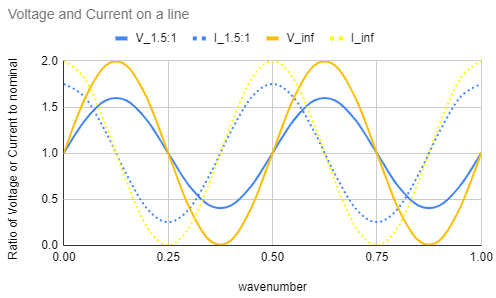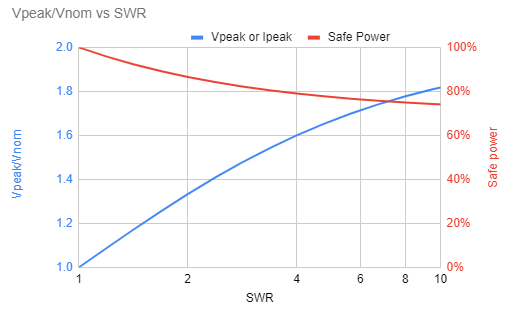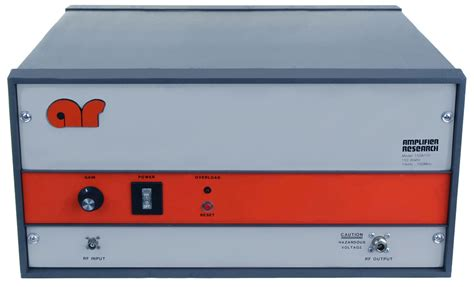How much do transceivers drop their output power, when the SWR is high?
Most amateur solid state amplifiers or transceivers are (fully?) protected against high SWR, by a circuit which reduces the power and protects the final transistors.
In a $50\Omega$ system an infinite SWR implies a voltage of about double the Voltage (at 1:1 SWR), or a current of about double, depending on the phase. An SWR of 1.5:1 is only 1.2 x peak voltage or current. As you don't know the phase of the load, or how far it is down the line, the amplifier could see any of these numbers, with the extremes being more likely.

So to prevent the final transistors seeing an unreasonable voltage or current from an open or short circuit, the power needs to be reduced only to half. This graph shows the voltage ratio and the "safe power" assuming there is no other safety margin in the transistors:

Laboratory amplifiers produce full power into any load, but these are about 100 x more expensive than amateur amplifiers.

It's obviously desirable to have as much power as possible, even when operating into a mismatched load, to keep the system as flexible as possible.
Has anyone measured how much the power drops on a transceiver with higher SWR? Ideally for different phases of high SWR, not just one.

